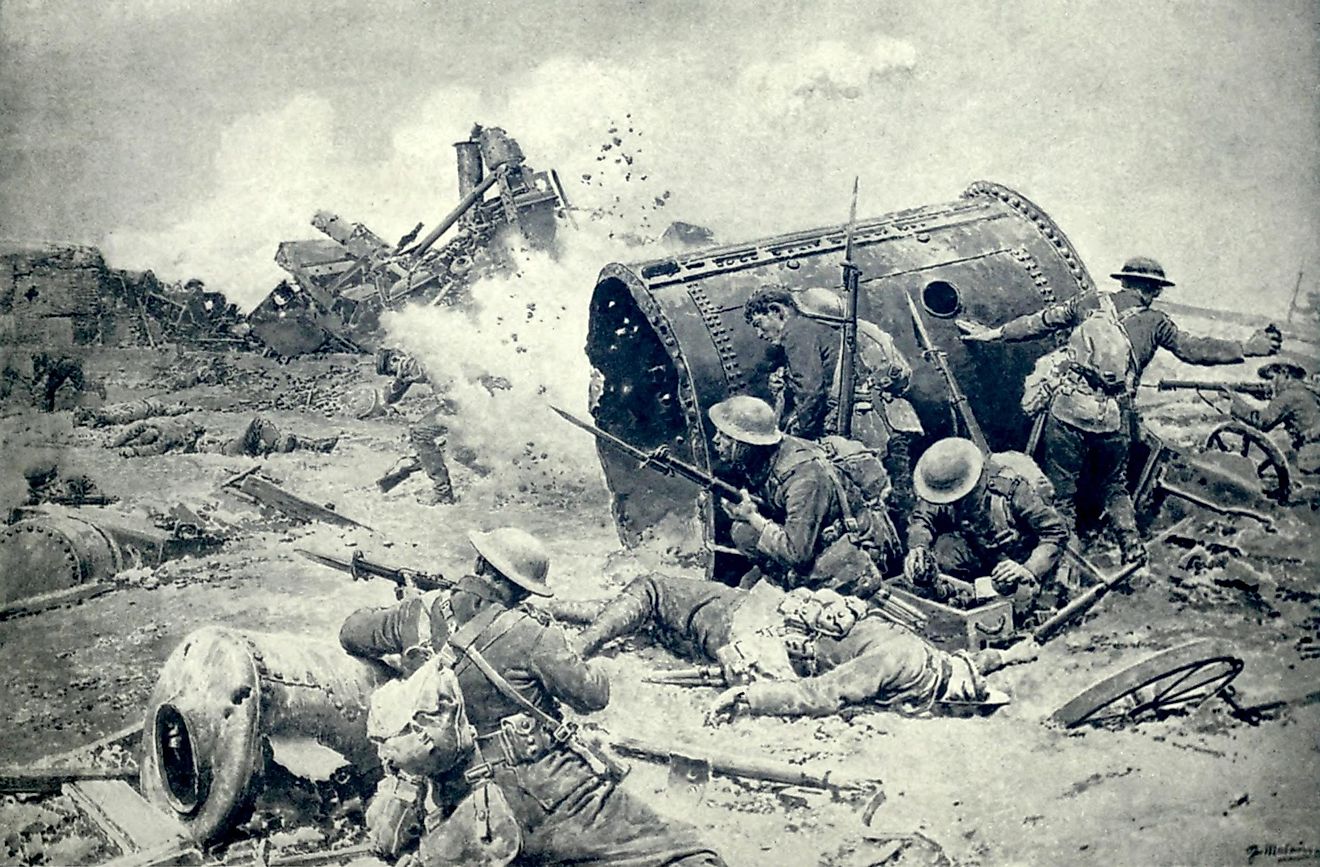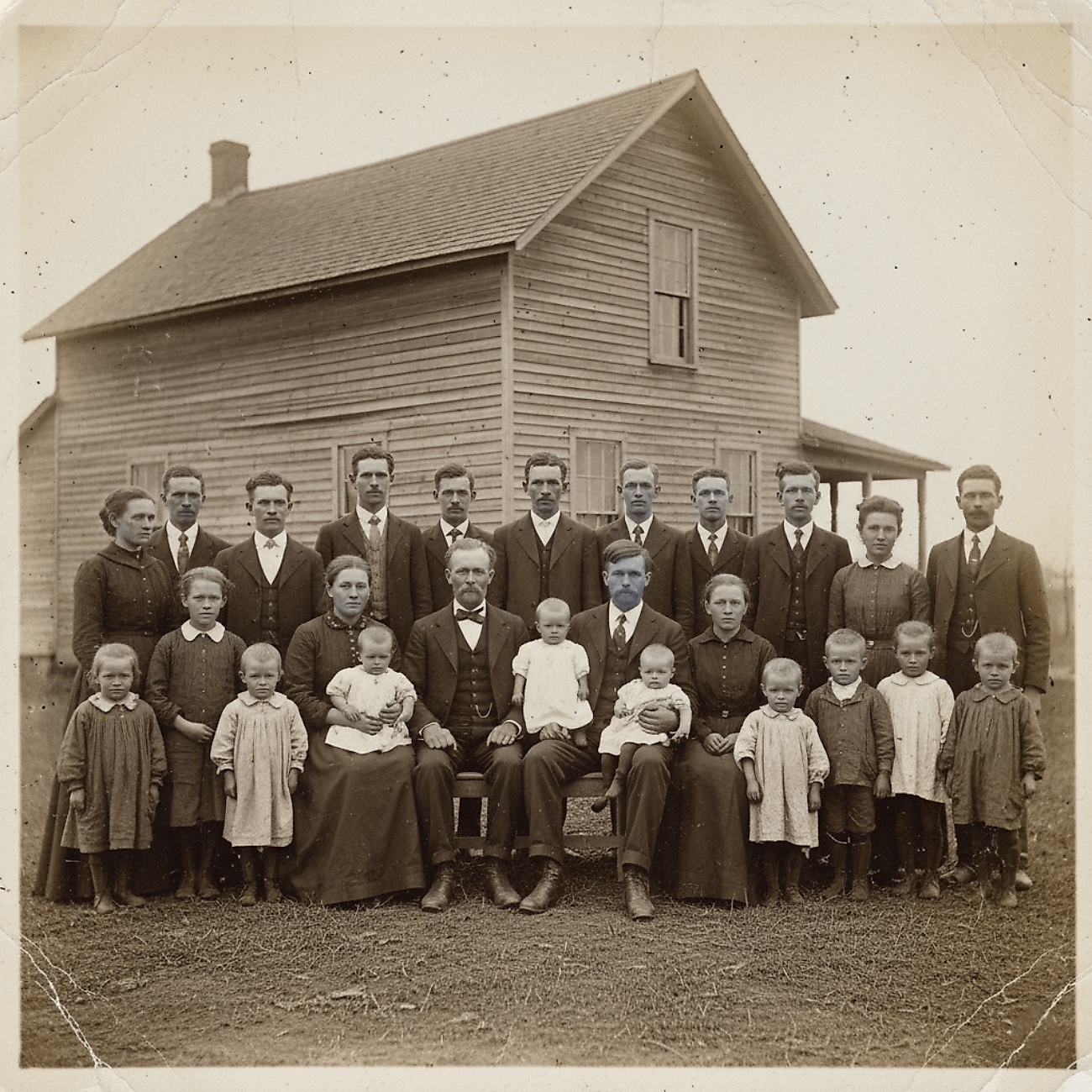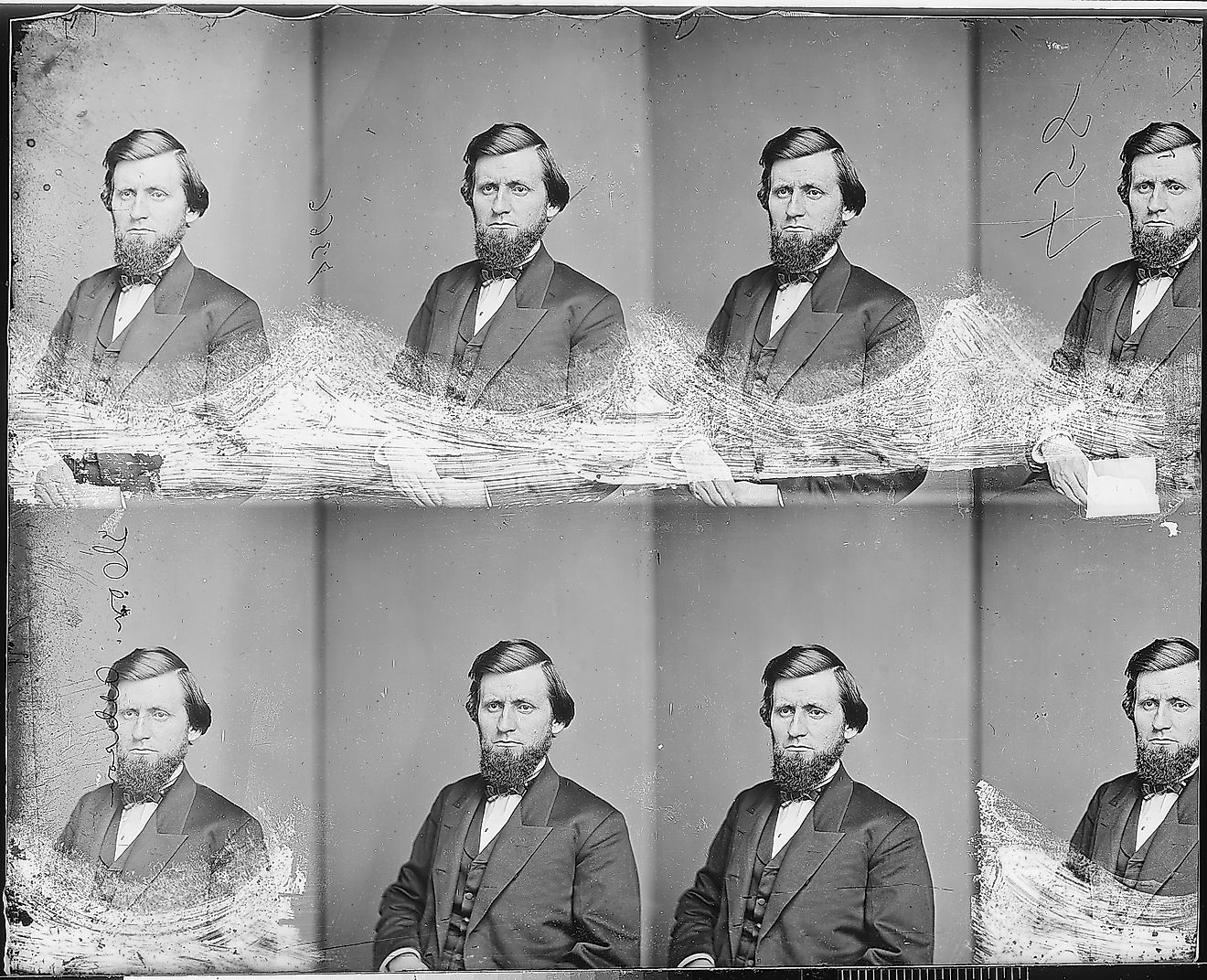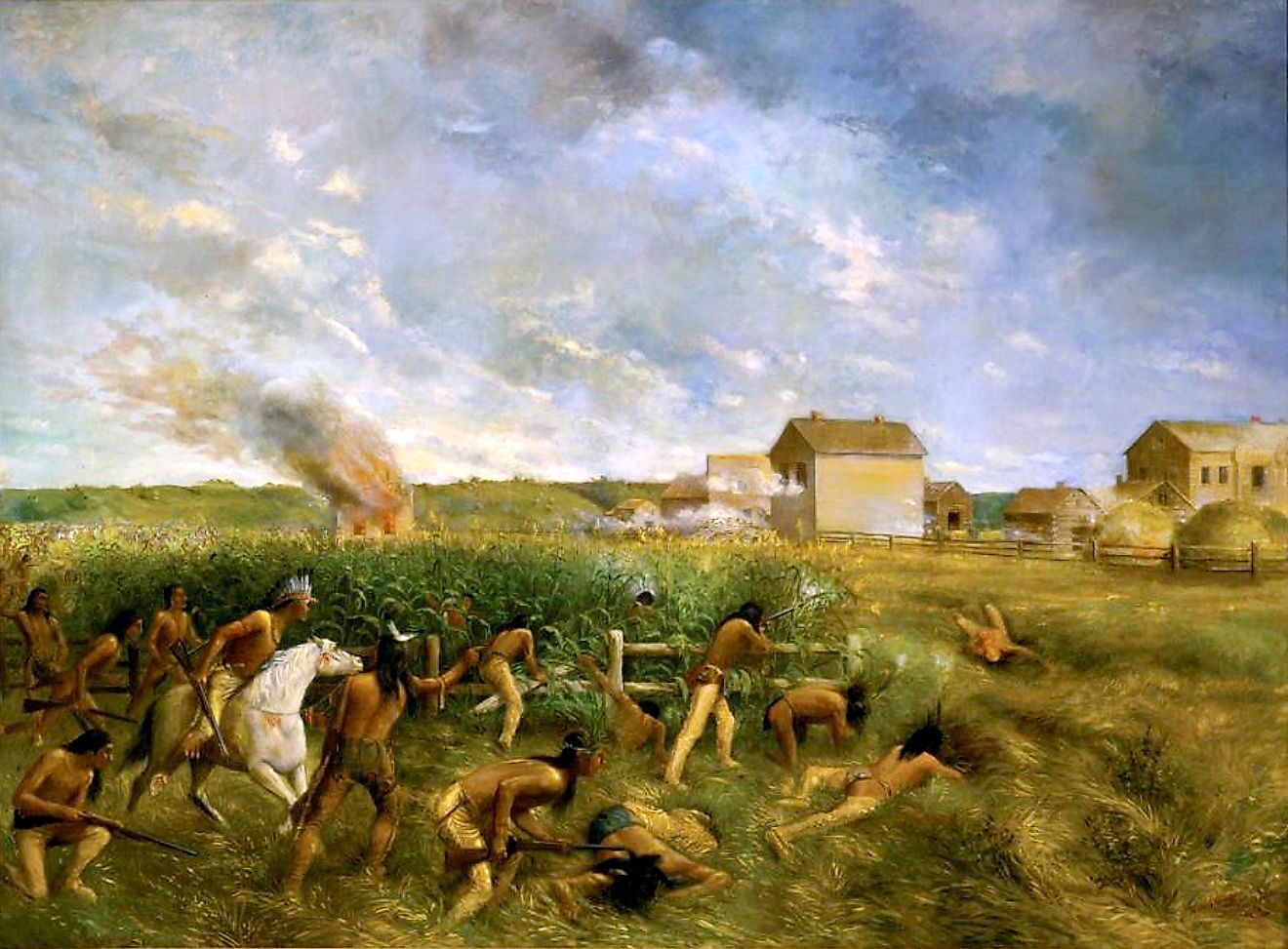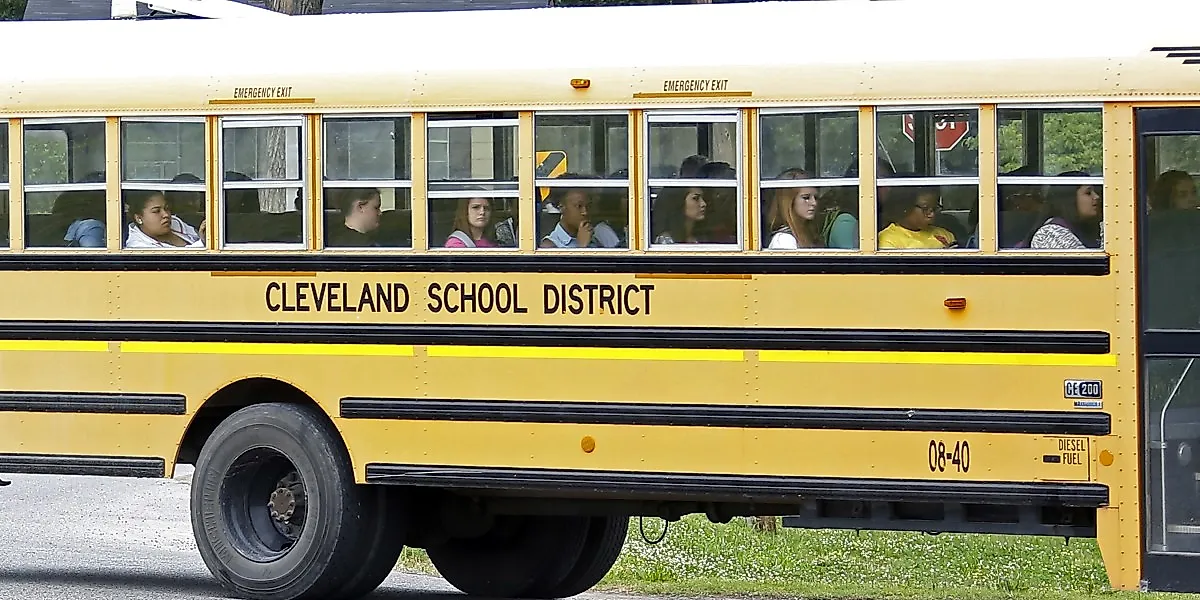
What Was The Last Segregated School In America?
- The last school that was desegregated was Cleveland High School in Cleveland, Mississippi. This happened in 2016.
- The order to desegregate this school came from a federal judge, after decades of struggle.
- The Cleveland School District was racially segregated for five decades, split into two schools, Cleveland High School that was attended by white students, and East Side High School attended by black students.
When people talk about the "last segregated school" in the United States, they are usually referring to Cleveland High School and East Side High School in Cleveland, Mississippi, a small Delta town of roughly 12,000 people.
Cleveland is literally divided by old railroad tracks, and for most of the 20th century, those tracks also marked a racial line in public education. On the west side stood Cleveland High School, founded in 1906 as a whites-only public high school. On the east side was what became East Side High School, originally Cleveland Colored Consolidated High School, serving Black students. The two schools, and the tracks between them, came to symbolise a stubborn form of American segregation.
Cleveland High Before Desegregation
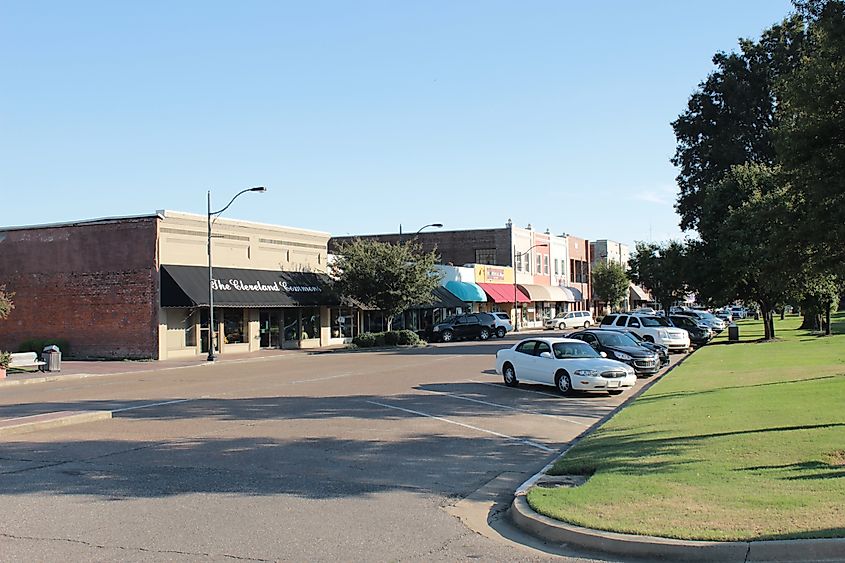
Cleveland High quickly became a source of local pride. It hosted churches, civic clubs, and the town's first Boy Scout troop. After fires destroyed earlier buildings in 1918 and 1945, the community rebuilt, opening a new campus and cafeteria in 1950 and a band hall in 1963. Its band, believed to be the first high school band in Mississippi, and its sports and debate teams collected state titles. For many white families, the black-and-gold Wildcats were the heart of civic life.
That story of pride rested on exclusion. Black families were barred from Cleveland High and sent instead to the Black school across town. Even after the Supreme Court's 1954 Brown v. Board of Education decision declared segregated schools unconstitutional, Cleveland's dual system stayed in place. In 1965, a group of Black parents sued, arguing that the district still operated separate schools for white and Black children. Four years later, a federal court ordered the district to desegregate. Cleveland High officially integrated that autumn under a "freedom of choice" plan that allowed students to attend either high school. More than 200 Black students enrolled at Cleveland High, but white students did not transfer to East Side, leaving it almost entirely Black.
A Fifty-Year Court Case and Two Unequal Schools
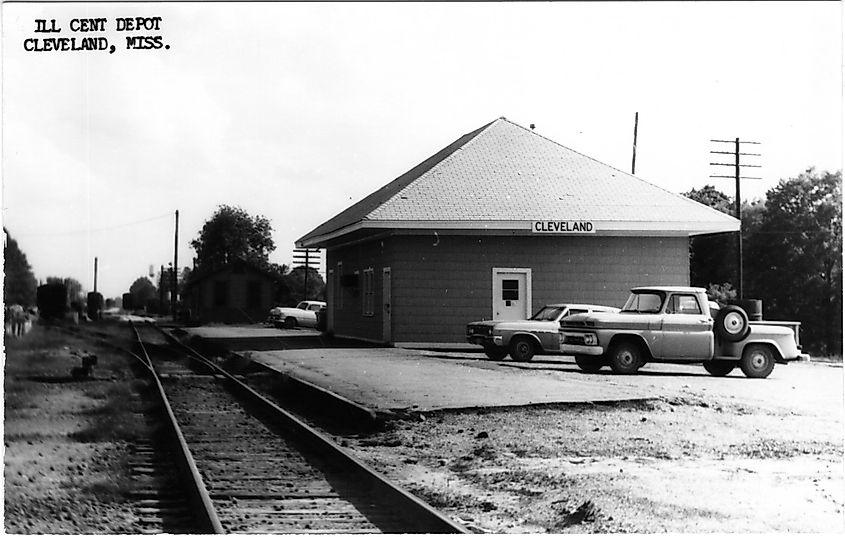
For decades after that first order, the district insisted that the presence of Black students at Cleveland High proved it had complied with desegregation requirements. On paper, one high school and one middle school, Cleveland High and Margaret Green Junior High, developed nearly balanced Black and white enrollments. The other high school and middle school, East Side and D.M. Smith Junior High, remained overwhelmingly Black. In practice, Cleveland still ran two systems: one racially mixed and widely seen as the "good" schools, and another almost entirely Black and often under-resourced.
Officials tried repeated partial fixes designed to draw white students to Black schools without changing that structure. The district created magnet programmes in maths and science, and later added prestigious International Baccalaureate courses at East Side. These efforts brought some white Cleveland High students over for individual classes, but none chose to enrol at East Side full-time. The racial divide between the campuses barely budged.
At the same time, reports and testimony documented unequal conditions. An investigator for the U.S. Department of Justice found that buildings at majority-Black schools were of poorer quality and sometimes did not meet basic standards, such as adequate lighting. Students at East Side described lacking enough science textbooks to bring home, having no lockers, and watching Cleveland High enjoy superior facilities, including a better weight room and softball field.
By the 2010s, Cleveland was one of a shrinking number of districts still operating under a desegregation order first issued in the 1960s. In 2015, a federal judge instructed the district and the Justice Department to submit a plan that would finally end the dual system. The Justice Department argued that only full consolidation, one high school and one middle school for all students, could meet constitutional requirements. The district offered alternatives that again relied on magnets and voluntary transfers, warning that consolidation would trigger white flight to nearby private academies founded during the civil rights era. The community itself was deeply split between those fears and those who insisted that separate would always mean unequal.
Cleveland Central and the Legacy of "the Last Segregated School"

In May 2016, U.S. District Judge Debra Brown issued a decisive ruling. She rejected the district's proposals as unconstitutional and ordered the immediate consolidation of Cleveland's secondary schools. The long delay in desegregation, she wrote, had deprived generations of students of their constitutionally guaranteed right to an integrated education, and the court had a duty to make sure no more children suffered under that burden.
Under the court-approved plan, the former Cleveland High campus became Cleveland Central High School, serving all high school students in the district. The East Side campus was converted into Cleveland Central Middle School. In 2017, Cleveland High and East Side High held their final separate graduations, closing more than a century of parallel histories divided by race and geography.
Because this reorganisation came so late, and because the original 1965 case had never been fully resolved, Cleveland, Mississippi, is widely described as the site of the last segregated school district in the United States. Cleveland High School and East Side High School are often labelled the last segregated public high schools to be dismantled by federal court order. The label is symbolic but powerful. It highlights how long explicit segregation and the systems built to preserve it survived after Brown v. Board.
Cleveland's story underscores several uncomfortable truths. Segregation did not vanish with a Supreme Court ruling; it persisted through delay, half-measures, and resistance framed as concern over tradition or white flight. Voluntary transfers and magnet programmes, without structural change, proved unable to undo a system designed to separate Black and white children. In the end, it took fifty years of litigation, community organising, and a firm federal order to bring all of Cleveland's teenagers into the same classrooms.
The end of official segregation does not automatically ensure equality. The story of the last segregated school is also about the ongoing work needed to make integration real and lasting in students' lives.


